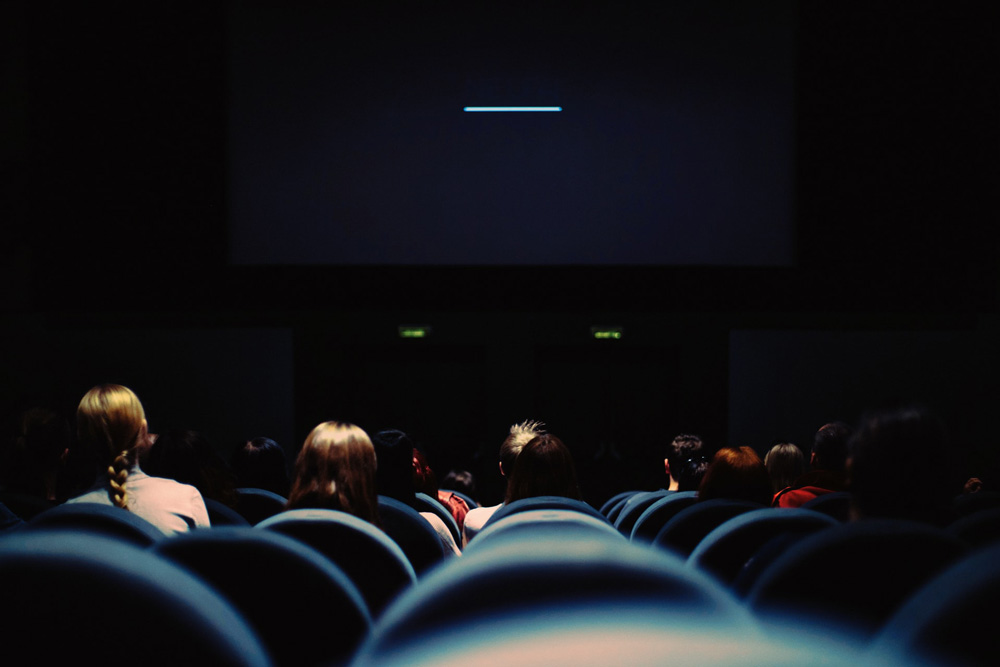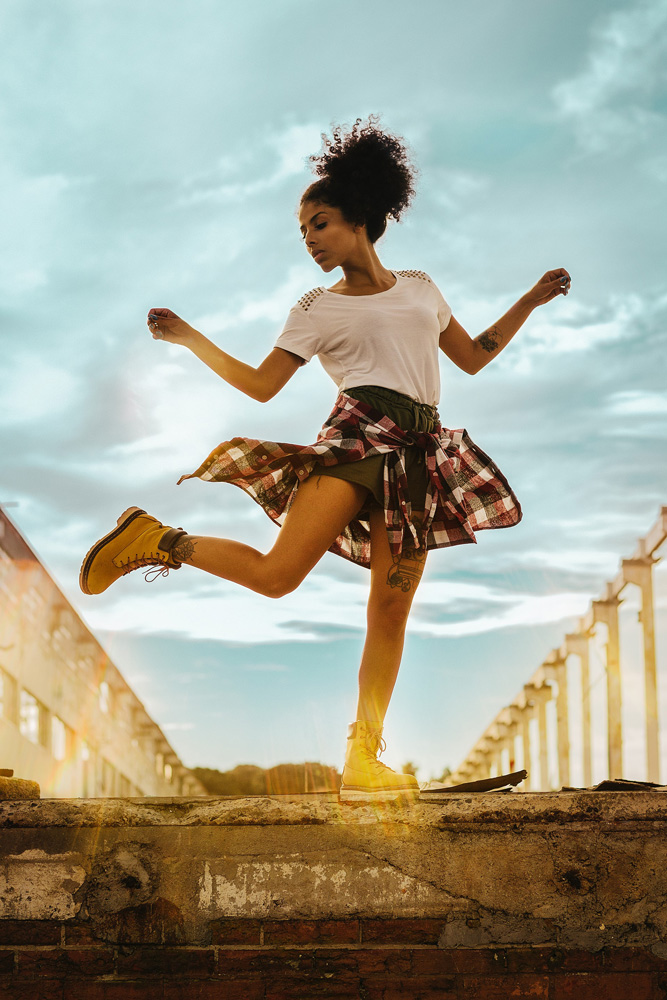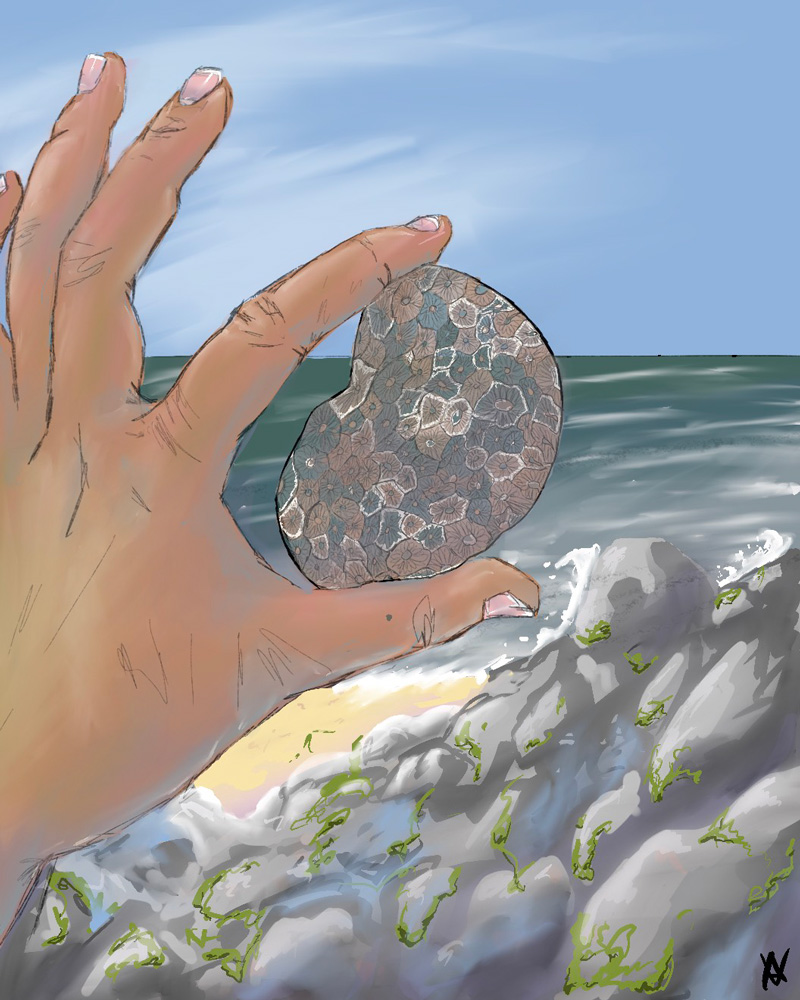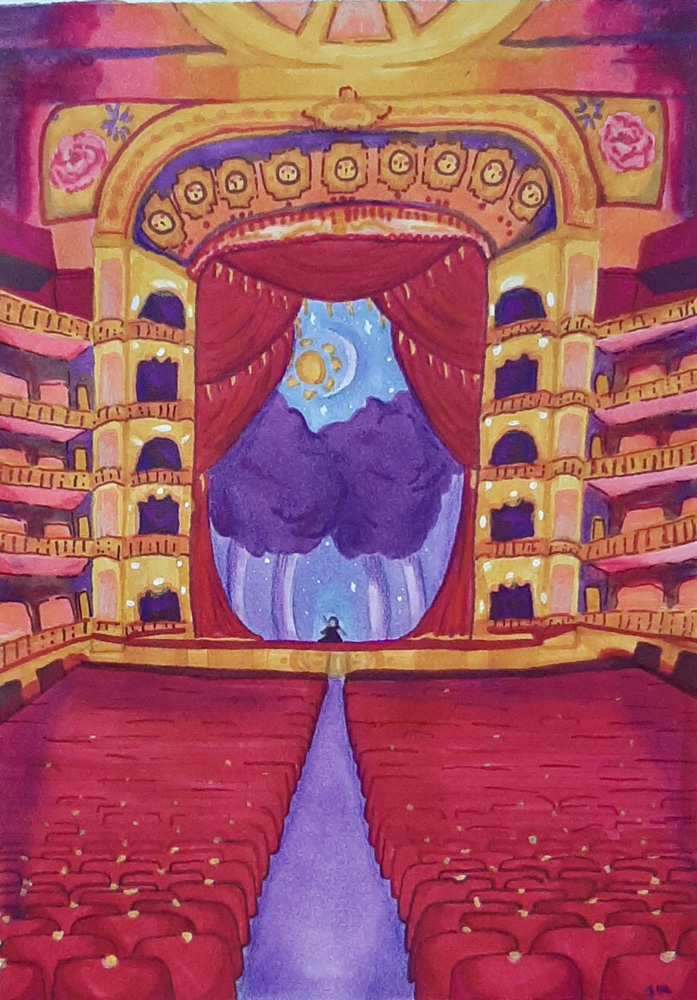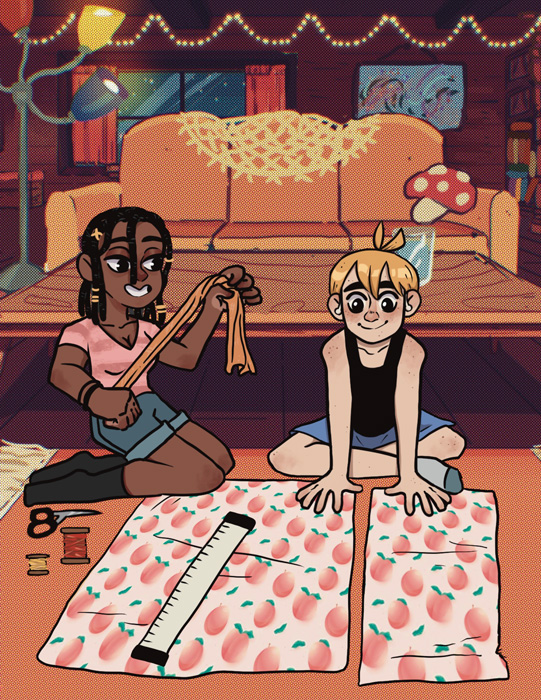The Rebound of Cinema?
by Izaak Garcia With the advent of online streaming, cinemas nationwide are at a crisis point. Around the end of 2020, entering the beginning months of 2021, theaters tentatively reopened, welcoming people with open arms once again. It seemed like everything would be alright for movie theaters and the businesses surrounding them—right? Well, not quite. …

